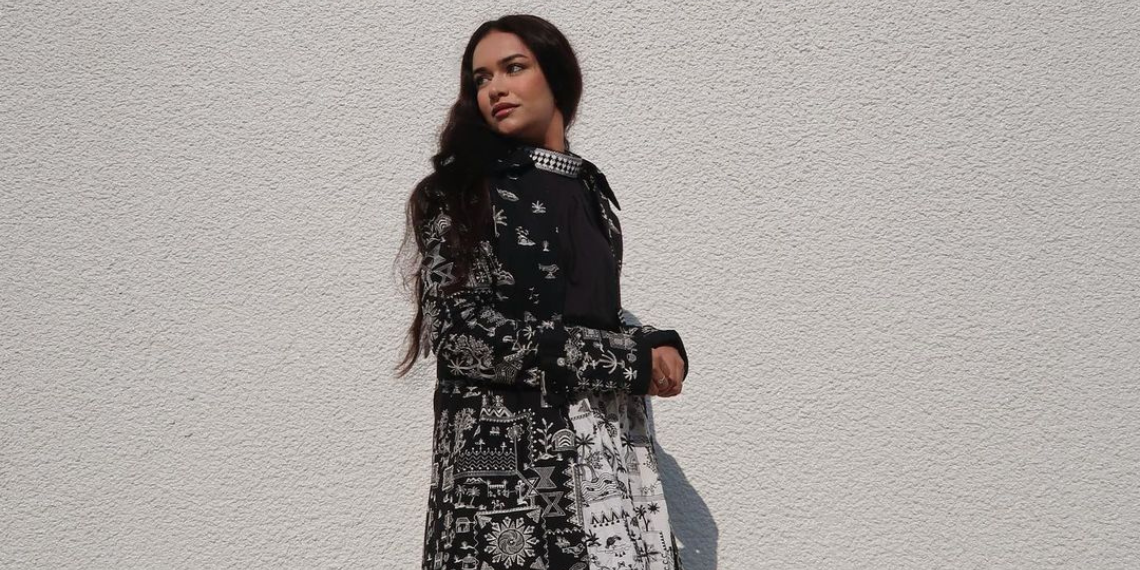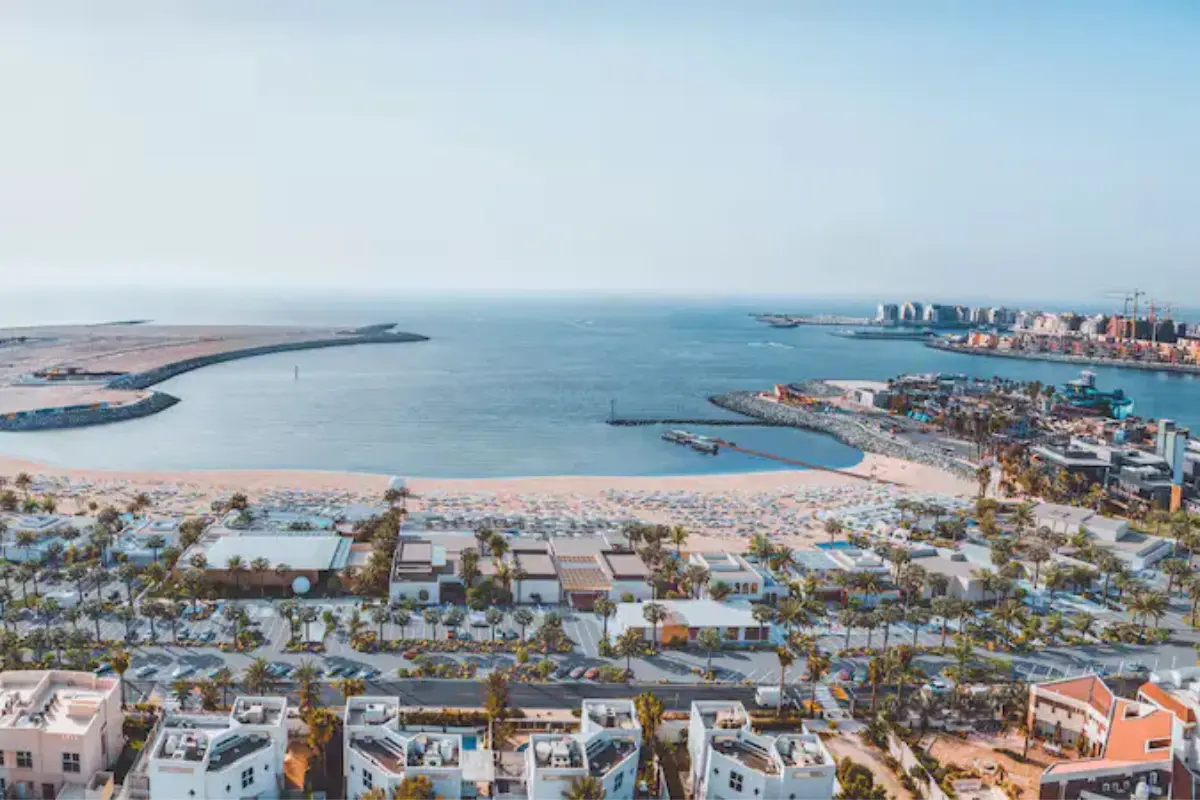Growing up in a South Asian household, Eid wasn’t just a holiday—it was a grand event, the kind that brings a sense of giddy anticipation weeks in advance. The smell of biryani and kebabs wafting through the house, the excitement of new clothes hanging in the closet, and the sweet chaos of family members preparing for the big day.
Rightfully dubbed the Muslim Met Gala, Eid is synonymous with shopping sprees, family gatherings, and impromptu photoshoots that inevitably end up on Instagram with #EidMubarak and #OOTD captions.
The spirit of this festival brings people together worldwide, but the way it’s celebrated and the clothes worn vary greatly. Nowhere is this more apparent than in the UAE, a country that prides itself on it’s cultural diversity and where you can see the world’s wardrobe converge in one place. Let’s take a trip around the world to see how women dress for Eid and how this diversity shines in the UAE.
South Asia
In India and Pakistan, women often wear shalwar kameez—a tunic with loose-fitting trousers. These outfits come in various fabrics, from lightweight cottons for daytime to luxurious silks and velvets for evening gatherings, all adorned with detailed embroidery, sequins, and beads.
And then there’s the saree, a six-yard garment of sheer elegance. Whether it’s a lightweight jamdani from Bangladesh or a richly decorated silk from India, the saree never fails to impress. Shopping for Eid in South Asia involves navigating bustling markets and high-end boutiques, searching for the perfect outfit to stun friends and family.
Middle East
The iconic abaya, a long, flowing cloak, is a staple in this region. Traditionally black, modern abayas have evolved into stylish statements with intricate lace trims, delicate beadwork, and bold prints, all while preserving their essence of modesty.
In Saudi Arabia, women often elevate their look by pairing an embellished abaya with an embroidered bisht, exuding a regal charm. In Oman, traditional ethnic wear dominates the fashion scene, with women donning the vibrant and intricately designed Omani dress, celebrated for its bold colours and detailed embroidery.
Across the Gulf, women frequently choose kaftans and long, flowy dresses. These garments, known for their loose fit and beautiful patterns, are perfect for the warm climate and add a touch of grace to any Eid gathering. Whether it’s a Moroccan-inspired kaftan or a more contemporary design, these outfits are both comfortable and stylish.
Queens and Sheikhas in the Middle East set the tone with their impeccable fashion sense. They often wear luxurious abayas adorned with exquisite embellishments, reflecting both tradition and high fashion.
Africa
West African women often wear boubous and wrappers made from Ankara fabric. This fabric, known for its colourful designs, is a staple at celebrations.
Ankara, also known as African wax print, has a rich history. Originating from Dutch wax prints inspired by Indonesian batik, it was adopted and popularised in West Africa, becoming a symbol of African identity and heritage. These prints carry deep cultural significance, reflecting individual and collective stories of heritage and pride.
In Nigeria, you will see women in intricately designed boubous or gele headwraps, their outfits adorned with beautiful patterns that speak volumes about their cultural background. Over in Ghana, kente cloth, known for its neon-tones and geometric patterns is a common traditional attire worn for festivities.






